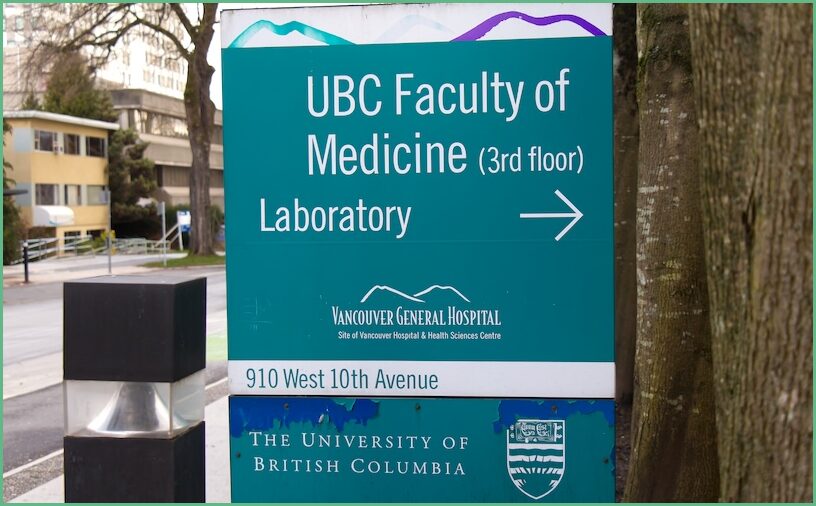The Liberal government has announced $4.3 million in funding to UBC Medicine to research ways to expand abortions for minority and ‘marginalized’ groups, including youth, migrants, and people experiencing homelessness. This piece examines the funding through a Republican lens, raising questions about taxpayer priorities, consent, and support for vulnerable populations. We look at practical concerns about research goals, the risks of normalizing abortion as the primary solution, and alternative investments that could protect life and strengthen families.
Giving millions to study how to expand abortions signals a policy choice, and that choice should be scrutinized. Republicans believe taxpayer dollars ought to reflect basic values like protecting life and defending parental rights, not broadening access to a procedure that ends a human life. When public money flows to programs targeting young people and displaced migrants, the stakes rise: we must ensure safeguards for consent and avoid pressuring people into irreversible decisions.
There is also a fiscal question here. Funding studies and service expansions costs real money, and conservatives rightly ask whether those funds could do more good elsewhere. Investments in prenatal care, mental health support, stable housing, and family services often yield better outcomes for mothers and children without pushing one medical option over another. Prioritizing wraparound services lifts people out of crisis and addresses root causes that drive desperate choices.
Medical ethics matter, too. Research designed to expand abortions among youth or homeless populations needs ironclad protections for informed consent and autonomy. Young people and migrants are often in vulnerable positions where coercion is a real risk, whether intentional or not. A Republican view emphasizes clear, transparent procedures and strong oversight before taxpayer-funded projects proceed.
The language around this effort matters. Targeting “minority and ‘marginalized’ groups” creates moral and political concerns about singling out specific populations for expanded access to abortion. Conservatives worry that framing vulnerable communities as priority targets for abortion services can blur lines between offering help and steering outcomes. We should be careful not to equate access with a preferred outcome when alternatives exist that protect both mothers and children.
There is also a cultural dimension. Expanding abortion services influences social norms about the value of unborn life and the obligations communities have to support families. Republicans promote policies that strengthen the family unit and encourage life-affirming choices through support, not subsidies for ending pregnancies. That means more focus on adoption services, childcare assistance, and programs that help low-income parents stay together and thrive.
Transparency and accountability must be front and center when public money underwrites sensitive research. Who sets the research agenda, and how will results be used to change policy or practice? Conservatives insist on clear reporting, public oversight, and open debate before shifting health services based on government-funded studies. Citizens deserve to know how projects might affect vulnerable people and what protections are in place.
There are practical alternatives that deserve equal attention and funding. Expanding access to contraception and sexual education, boosting social services, increasing shelter capacity, and funding mental health care are all proven ways to reduce unintended pregnancies and support those in crisis. A Republican approach pushes for solutions that preserve life while empowering people to make stable, informed choices.
At the end of the day, public policy should prioritize the safety and dignity of the most vulnerable without using them as test groups for ideological experiments. Funding decisions reflect values, and many taxpayers will expect officials to choose programs that protect children and strengthen families rather than normalize abortion as the first-line response. The debate over this $4.3 million should be public, rigorous, and focused on outcomes that promote life and opportunity for everyone affected.
